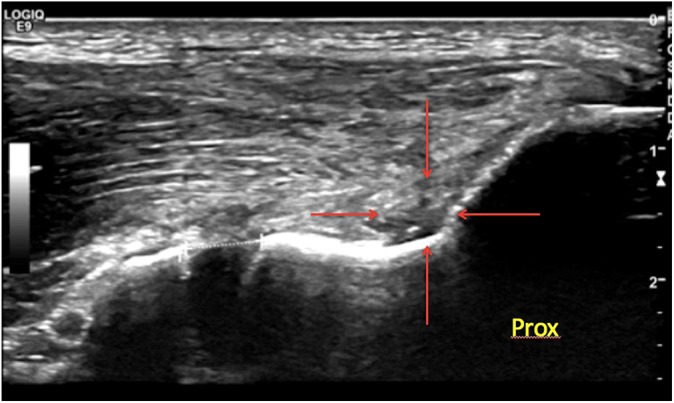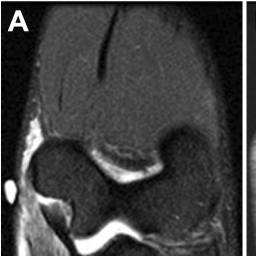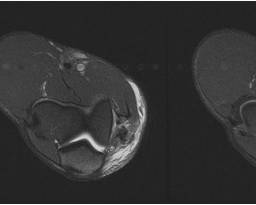BACKGROUND:
Ulnar collateral ligament (UCL) injury is a well-described etiology of pain and decreased performance for the overhead athlete. Despite a growing volume of literature regarding the treatment of these injuries for overhead athletes, there is a paucity of such data regarding stickhandling collision sport athletes, such as ice hockey players.
PURPOSE/HYPOTHESIS:
The purpose of this study was to characterize this injury among 3 elite ice hockey players and to describe the ability of these athletes to return to play, as well as to review the unique sport-specific implications of this injury, evaluation, nonsurgical management, and considerations for return to play. The authors hypothesized that elite ice hockey players will be able to return to play at the same level following nonoperative treatment of UCL injury.
STUDY DESIGN:
Case series; Level of evidence, 4.
METHODS:
Data from 3 elite professional ice hockey players who sustained a high-grade injury to the UCL were retrospectively reviewed. All athletes underwent 2 autologous conditioned plasma injections as part of their treatment and were evaluated with ultrasonography and magnetic resonance imaging.
RESULTS:
Three consecutive elite ice hockey players were included in this study, and no patients were excluded. Players were cleared to full return to play at a mean 36 days postinjury. Follow-up examination at this time point demonstrated full range of motion of the elbow for all athletes, without tenderness to palpation over the UCL, including no tenderness over the humeral insertion site. Stability examination improved as well, demonstrating a soft to moderate endpoint with valgus stress, although this was not symmetric to the contralateral side. All athletes were able to continue to play at the same level of competition as before the injury occurred, without any complaints. No players had repeat injury during the same or following seasons.
CONCLUSION:
The authors present 3 elite-level ice hockey players who sustained a high-grade injury to the UCL. Successful return to play was possible after nonoperative treatment with injection of autologous conditioned plasma at a mean 36 days following injury. Athletes who injure either the top or bottom hand can return to play at the same elite level following this injury
















